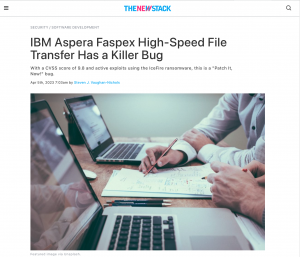Cyber threat: Morocco, the African country most affected by banking Trojans
Interpol’s African Bureau of Cybercrime Operations report ranks Morocco as the African country most affected by Banking Trojans and Stealers. It is also the second most affected country by Ransomware on the continent. The African Cybercrime Operations Bureau of the International Criminal Police Organization (Interpol) recently unveiled its Africa Cyber Threat Assessment Report for the year 2022. A document that provides an overview of cyber threat trends in the African region. It shows that Morocco is the African country most affected by banking Trojans and Stealers, according to data from Trend Micro, a world leader in enterprise cloud security solutions, XDR and cybersecurity platform. The Interpol report even mentions 18,827 detections in the kingdom, which puts it ahead of South Africa (6,560 malware detections), Nigeria (5,366), Cameroon (1,462) and Algeria ( 691). Banking Trojans and Stealers can be installed manually or remotely using techniques such as emails containing malicious links or attachments. The report also revealed that the most prevalent banking Trojans and Stealers are Zbot and Fareit. The former accounts for 67.67% of all detections in the region, while the latter accounts for 15.39%. The report also ranks Morocco in second place when it comes to Ransomware. Quoting Shadowserver, a non-profit security organization that collects and analyzes data on malicious activity on the Internet. South Africa is the country most targeted by these attacks. The country accounts for 42% of all detected attacks. It is followed by Morocco where 8% of the attacks took place, Botswana and Egypt (6%) as well as Tanzania and Kenya (4%). The kingdom is also cited for “online scams and extortion”.











